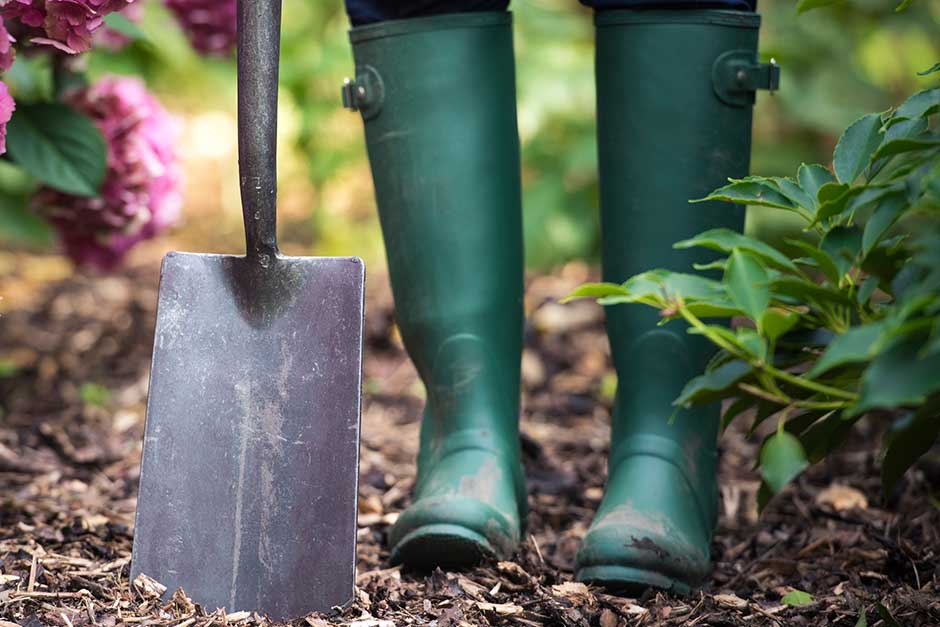
Introducing...
Monarda
Botanical name: Monarda
Common name: bee balm, bergamot, Oswego tea
With aromatic foliage and flowers over a long period in summer, bergamots are ideal for any mixed or herbaceous summer border. They combine well with other perennials and grasses, especially in prairie-style plantings. A few are short-lived and can be treated as annuals or biennials. The flowers are very attractive to bees and butterflies.
Looks
Square-sectioned stems bear aromatic mid to dark green or purple-green leaves. These are crowned with white, pink, bright-red or violet flowers, often topped with distinctive colourful bracts, produced from midsummer to autumn.
Likes
Bergamots grow well in any fertile, moisture-retentive soil that drains easily. The prefer a spot in sun or light, dappled shade.
Dislikes
Dry spells in summer can lead to powdery mildew developing on plants, and they can rot in waterlogged soils, particularly in winter. They will not flower much in deep shade.
Did you know?
Rich in oils, bergamot leaves have often been used in cosmetics and to flavour teas. Indeed, a tea was made from the plant by the North American Oswego tribe in the 18th century, after which it became known as Oswego tea. However it is not the favouring used in Earl Grey tea which, while it contains the oil of bergamot, comes from the similarly smelling bergamot orange, Citrus bergamia.
Growing guide

How to grow monarda
All the information you need to grow Monarda can be found in the RHS growing guide for perennials.
Monarda we recommend
Monarda 'Fireball'PBR
bergamot 'Fireball'
- 0.5–1 metres
- 0.1–0.5 metres
Monarda 'Beauty of Cobham'
bergamot 'Beauty of Cobham'
- 0.5–1 metres
- 0.1–0.5 metres
Monarda 'Fireball'PBR
bergamot 'Fireball'
- 0.5–1 metres
- 0.1–0.5 metres
Monarda 'Beauty of Cobham'
bergamot 'Beauty of Cobham'
- 0.5–1 metres
- 0.1–0.5 metres
Useful Advice
Butterflies in your garden
Ornamental grasses: selection
Perennial borders: choosing plants
_429600.jpg?width=432&height=289&ext=.jpg)
Prairie planting: creation and maintenance
Get involved
The Royal Horticultural Society is the UK’s leading gardening charity. We aim to enrich everyone’s life through plants, and make the UK a greener and more beautiful place.